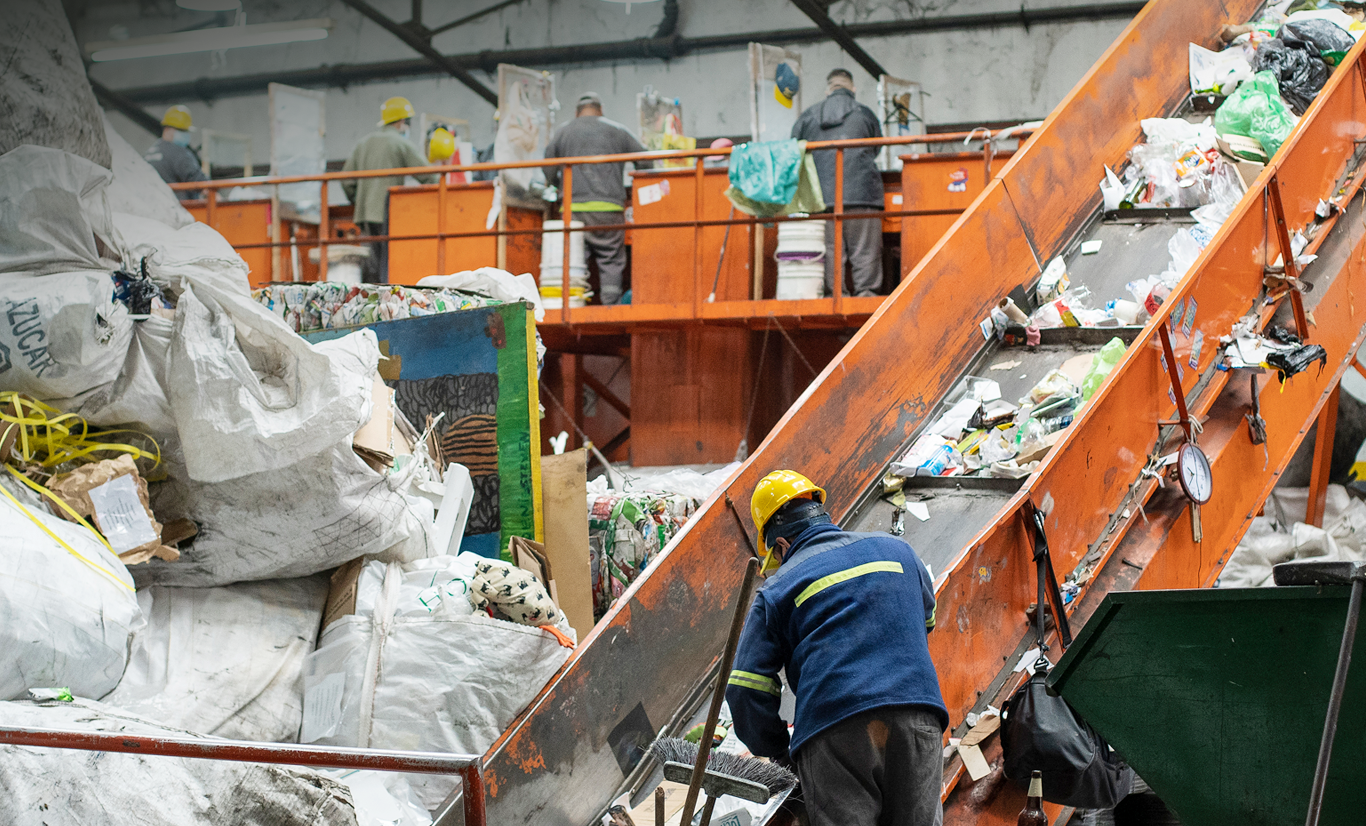The Reality of Recycling

Recycling has been touted as a solution to our mounting waste problem for decades. The concept is simple - we collect materials that would otherwise end up in landfills and repurpose them for new products. However, the sad reality of recycling is that much of what we put in our recycling bins doesn't actually get recycled.
According to a report by the Environmental Protection Agency (EPA), only about 32% of all municipal solid waste in the US was recycled in 2018. The rest went to landfills or incinerators due to contamination, specialist materials and materials being not economically feasible to recycle.
At Thermogard, we are committed to being transparent about the challenges faced by our industry and our customers. While we strive to create cool chain products that are compostable, recyclable, and reusable to minimize our environmental impact and that of our clients, we recognize that there is always more that can be done to improve recycling rates.
Below, we have outlined some steps that businesses and customers can take to increase recycling rates.
Businesses
Work with suppliers that support recyclability
Businesses can work with their packaging suppliers to ensure that their packaging is designed with recyclability in mind. This can involve using materials that are easily recyclable, avoiding complex or mixed materials, and ensuring that the packaging is clearly labelled with recycling instructions. Additionally, partnering with suppliers that use recycled content or waste materials in their processes, further supports the increased use and demand for recycling facilities and processes.
Implement & encourage closed-loop systems
Using recycled materials in manufacturing can reduce the need for virgin resources and increase the efficiency of recycling. Closed loop recycling systems also help reduce the amount of waste that ends up in landfills, and is crucial for mitigating the negative impacts of incorrect waste disposal. By implementing closed loop recycling systems, businesses can support the circular economy as by creating a closed loop for the materials used in your product packaging, it reduces the need for extraction and production of new materials.
A first step could be setting up collection and processing systems where your end consumer can pass these materials back to you for reuse in your or your supplier's manufacturing process. This step, as one of many, can on it's own greatly increase recycling rates, as it unburdens the consumer of the recycling responsibility, whilst making use of recycled materials in your supply chain.
Increase recycling awareness and education
By teaching people about the importance of recycling, how to properly sort materials, and the benefits of recycling, we can create a culture of sustainability that extends beyond our business actions. When people understand and are aware of the environmental impact of their actions and the positive effects of recycling, they are more likely to actively take part in the process.
To empower consumers with the knowledge to make an informed disposal, you could add disposal instructions on your packaging design, implement multi-channel recycling campaigns, as well as create and share helpful recycling resources online specific to your product and region.
Consumers
Educate yourself on guidelines, icons and types of recycling
-
Recycling Basics by the Environmental Protection Agency: https://www.epa.gov/recycle/recycling-basics
-
Recycling in America: https://www.recycleacrossamerica.org/recycling-facts
-
Zero Waste Network: https://zerowaste.co.nz/
-
Ministry for the Environment: https://www.mfe.govt.nz/waste
-
Recycling Near You: https://recyclingnearyou.com.au/
-
Planet Ark: https://www.planetark.org/
-
Australian Packaging Covenant Organisation: https://apco.org.au/
Clean and sort your recycling
Contamination is a major issue in recycling, so it's important to clean and sort your recyclables properly. Rinse out bottles and containers, remove caps and lids, and separate materials by type (e.g. plastic, glass, paper, etc.).
Avoid putting items such as plastic bags, food waste, or hazardous materials in your recycling bin as non-recyclable items in your recycling bin can contaminate the entire batch and make it unrecyclable. Again, check with your local recycling program to ensure you are following the regional rules for recycling in your area.
Ensure your purchasing behaviour supports recycling
Consumers
Still unsure? Talk to us.
We understand that high recycling rates can be difficult to achieve, so get in touch!
